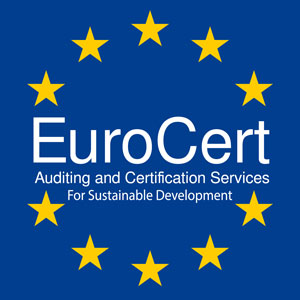ISO 21929-1:2011 -Sustainability in building construction
ISO 21929-1:2011 establishes a core set of indicators to take into account in the use and development of sustainability indicators for assessing the sustainability performance of new or existing buildings, related to their design, construction, operation, maintenance, refurbishment and end of life. Together, the core set of indicators provides measures to express the contribution of a building(s) to sustainability and sustainable development. These indicators represent aspects of buildings that impact on areas of protection related to sustainability and sustainable development.
The object of consideration in ISO 21929-1:2011 is a building or a group of buildings and the external works within the site (curtilage).
ISO 21929-1:2011 follows the principles set out in ISO 15392 and, where appropriate, is intended for use in conjunction with, and following the principles set out in, ISO 26000, ISO 14040 and the family of International Standards that includes ISO 14020, ISO 14021, ISO 14024 and ISO 14025. Where deviation occurs or where more specific requirements are stated, ISO 21929-1:2011 takes precedence.
ISO 21929-1:2011 adapts general sustainability principles for buildings; includes a framework for developing sustainability indicators for use in the assessment of economic, environmental and social impacts of buildings; determines the aspects for consideration when defining a core set of sustainability indicators for buildings; establishes a core set of indicators; describes how to use sustainability indicators; and gives rules for establishing a system of indicators.
ISO 21929-1:2011 does not give guidelines for the weighting of indicators or the aggregation of assessment results.
-
Document published on: 2011-11 Edition: 1 (Monolingual) ICS: 91.040.01 Status: Published Stage: 90.20 (2016-10-15) TC/SC: ISO/TC 59/SC 17 Number of Pages: 39
Related standards
- Standards in the same category (91.040.01)
- Standards from the same committee

